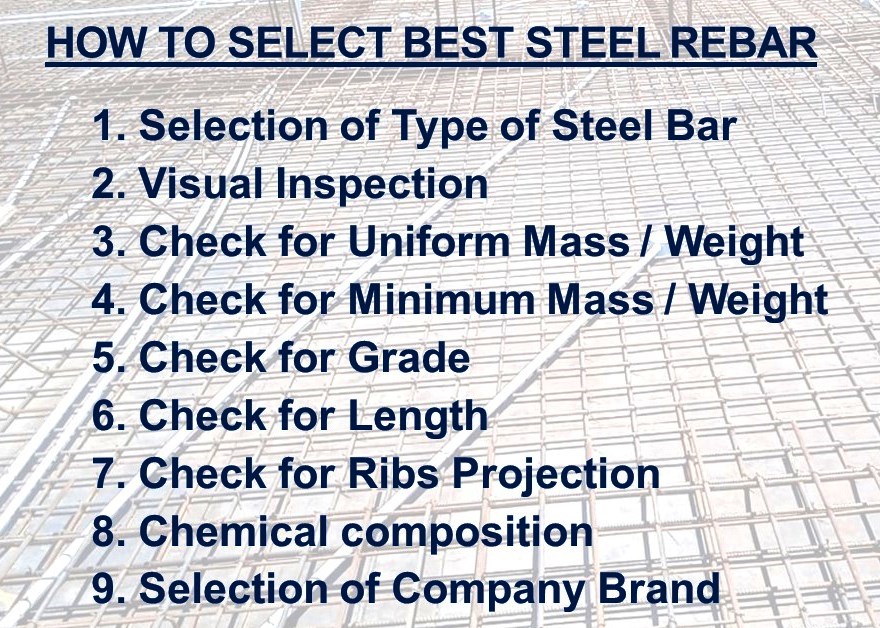Like in any other industry, keeping up with trends in the civil engineering field is a requirement for any company that wants to remain competitive in a market full of innovation, advances, and transformations. With the creation of better machinery, new technologies, sustainable materials, and fresh perspective the field is progressing every second. Here are the top civil engineering trends for 2022.
Industrialized Construction
Modular assembly of prefabricated parts is a technique that has been taking up more and more space over the last few years, mainly in large-scale works. Previously, only major works benefited from prefabricated technologies, today it is accessible for small enterprises to make more and more constructive models benefit from it. 3D printers allow the building of customized pre-moulded pieces quickly and without wasting materials. Thanks to these technologies guarantee more speed, a better standard of quality and durability, and a better cost-benefit ratio.
Use Of Drones
Drones are increasingly common items in the construction segment. They are very practical to the field given their ability to capture photos, and videos, and even to make measurements in places difficult to access, allowing for initial data to be collected. At the same time, they are helpful for commercial matters as footage collected works for advertising. Due to its popularization prices are expected to fall, making its cost-benefit even better.
Smart Urbanization
Buildings and the entire urban space in which they are integrated will undergo marked changes over the years. Thanks to new technologies the capacity of urban planning will be better and more systemic, hence improving people’s quality of life. Social impact plays an important role in construction now more than ever, and it is key for engineers to meet both individual and collective needs.
Automated Machines
The use of human labour can be a risk to the employee’s health, depending on the person it can also mean low productivity, low quality of service, or even dangerous work. With this in mind, professionals in the field are creating methods to carry out construction stages in an automated way through machines that do all the physical work. For example, through Artificial Intelligence (AI), machines can build walls with a shallow margin of error. Robotic equipment is key in reducing the risk of accidents with workers.
The construction sector has shown significant progress in accepting technological changes in construction processes. With new technologies and materials, it is possible for the civil engineering field to be one that brings out the best of cities as well as offers new living possibilities for all of us.
Thanks to
ACI CORPORATION
